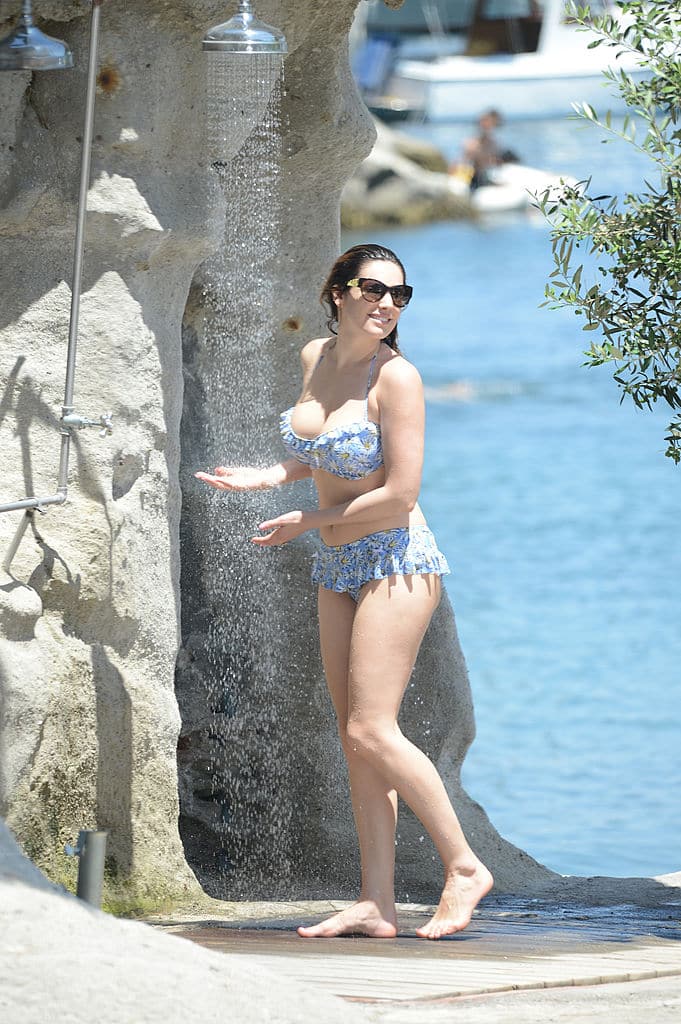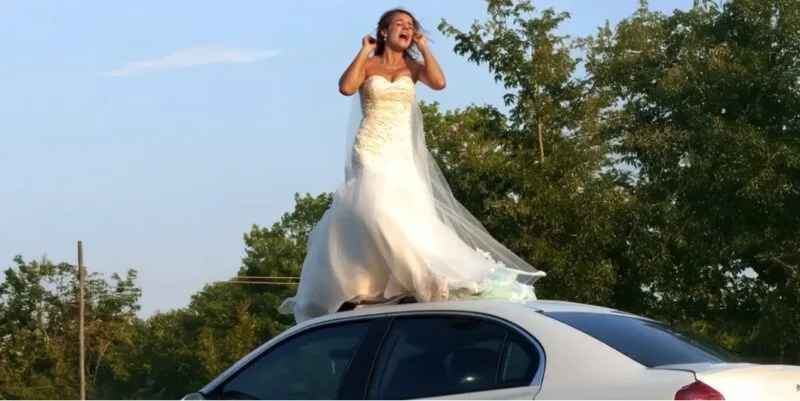The Hidden Dangers Lurking in Your Soda
Soda may seem like an innocent indulgence, but behind its bubbly sweetness lies a serious threat to your health. With Americans consuming an average of 12 ounces per day, the long-term effects of this sugary habit are more alarming than most realize. From metabolic disorders to chronic diseases, the impact of soda extends far beyond weight gain.
The Health Risks of Soda Consumption
1. Rapid Weight Gain
Soda is packed with high-fructose corn syrup and empty calories that contribute directly to obesity. Unlike solid foods, liquid sugar doesn’t trigger satiety signals, leading to overconsumption and an increased risk of weight gain. Additionally, regular soda drinkers experience insulin resistance and hormonal imbalances, making weight management even more difficult.
2. Liver Damage
Just like excessive alcohol consumption, high sugar intake from soda can overwhelm the liver. Over time, this leads to non-alcoholic fatty liver disease (NAFLD) and even cirrhosis. The fructose in soda is metabolized in the liver, where it gets converted into fat, raising the risk of long-term liver complications.
3. Tooth Decay and Cavities
Soda is loaded with acids like phosphoric and citric acid, which weaken tooth enamel and create the perfect environment for decay. Combined with high sugar content, soda accelerates the breakdown of teeth, leading to painful cavities and costly dental procedures.
4. Increased Risk of Kidney Problems
Excessive soda consumption has been linked to kidney stones and even kidney disease. The high phosphorus content in sodas disrupts the mineral balance in your kidneys, making it harder for them to function properly. Studies show that regular soda drinkers are at a significantly higher risk of developing kidney-related issues.
5. A Fast Track to Type 2 Diabetes
Frequent soda intake is a direct contributor to insulin resistance, a major factor in the development of Type 2 diabetes. The rapid spike in blood sugar levels caused by soda forces the pancreas to produce excess insulin, eventually leading to metabolic dysfunction and an increased risk of diabetes.
6. Weakening of Bones and Increased Osteoporosis Risk
Sodas, particularly colas, contain phosphoric acid, which interferes with calcium absorption in the body. This imbalance weakens bones, making individuals more susceptible to fractures and osteoporosis. Over time, consistent soda consumption can accelerate bone density loss, leading to brittle bones and joint pain.
7. Heightened Risk of Heart Disease
Studies have linked soda consumption to increased cholesterol levels, high blood pressure, and inflammation—all of which raise the risk of heart disease. The combination of sugar overload and metabolic dysfunction puts unnecessary strain on the cardiovascular system, making soda a silent contributor to heart-related conditions.
Why Quitting Soda Can Change Your Life
Cutting soda from your diet can be one of the most powerful steps toward better health. The benefits of quitting include:
- Stable blood sugar levels and reduced risk of diabetes.
- Weight loss and improved metabolism without empty calories.
- Stronger teeth and bones with lower risk of decay and fractures.
- Better kidney and liver function, reducing the risk of disease.
- A healthier heart, free from the dangers of excess sugar and artificial chemicals.
Some experts even argue that giving up soda can be more beneficial than quitting smoking in terms of overall health improvement. The body begins repairing itself almost immediately once soda is eliminated from the diet.
Take Control of Your Health Today
Every sip of soda contributes to long-term health risks, but every decision to avoid it moves you closer to a healthier future. Swapping soda for healthier alternatives like water, herbal tea, or infused fruit drinks can help retrain your taste buds and curb sugar cravings.
Your body deserves better—choose hydration and nourishment over sugar and artificial chemicals. Quitting soda isn’t just about avoiding calories; it’s about reclaiming your health and letting your body thrive.











